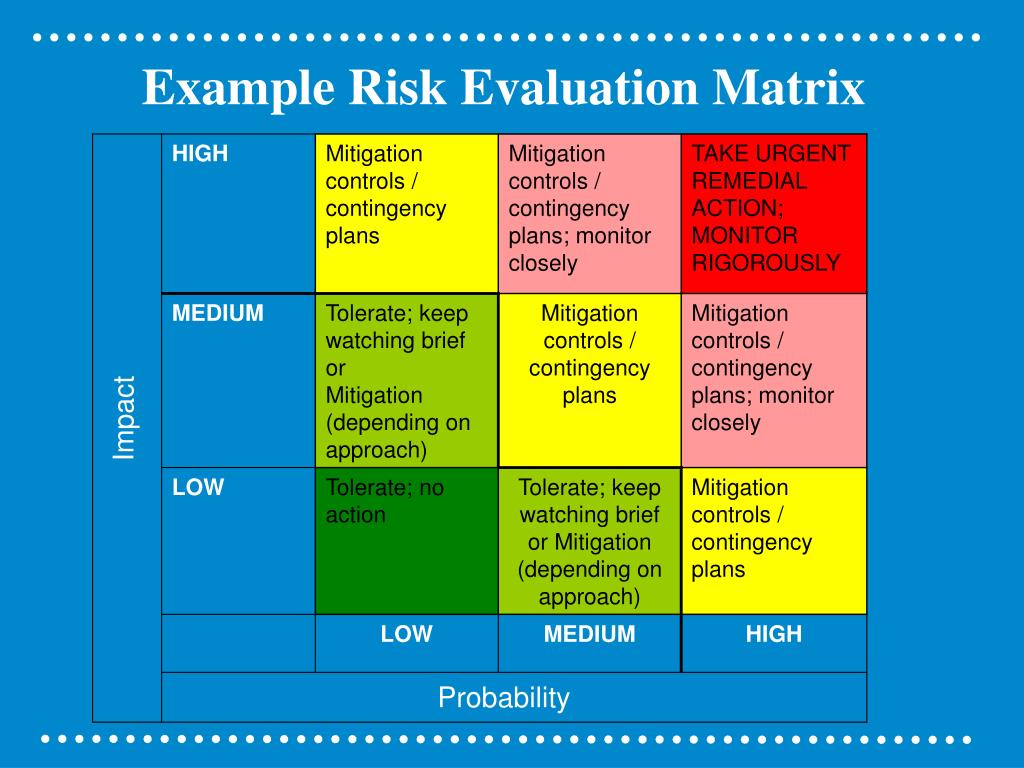

The roles of experience and domain of expertise in using numerical and verbal probability terms in medical decisions. Quantitative meanings of verbal probability expressions. Patients’ interpretations of verbal expressions of probability: implications for securing informed consent to medical interventions. Expressions of probability: words and numbers. Int J Pharm Pract 2002 10: 145–51īryant GD, Norman GR. Is 15% very common: informing people about the risks of medication side effects. Patient Educ Couns 2001 43: 147–59īerry DC, Knapp PR, Raynor DK. Patient information leaflets for medicines: using consumer testing to determine most effective design. European Commission Council Directive 92/27/EEC (OJ NoL 113 of, p.8) 1992ĭickinson D, Raynor DK Duman M. EC Pharmaceuticals Committee, 1998Įuropean Commission. A guideline on the readability of the label and package leaflet of medicinal products for human use. Informed consent: moral necessity or illusion? Qual Health Care 2001 10: 29–33Ĭalman K, Royston G. London: Department of Health, 2000ĭoyal L. London: Royal Pharmaceutical Society of Great Britain and Merck, Sharp & Dohme, 1997

In the meantime, we urge the EC and other legislative bodies to stop recommending the use of specific verbal labels or phrases until there is a stronger evidence base to support their use.įrom compliance to concordance: achieving shared goals in medicine taking. In conclusion, the challenge for risk communicators and for future research will be to produce a language of risk that is sufficiently flexible to take into account different perspectives, as well as changing circumstances and contexts of illness and its treatments. Similar levels of misinterpretation have also been demonstrated with two other recently advocated risk scales (Calman’s verbal descriptor scale and Barclay, Costigan and Davies’ lottery scale). Such problems of interpretation are not restricted to the EC guideline descriptors. This in turn resulted in significantly higher ratings of their perceived risks to health and significantly lower ratings of their likelihood of taking the medicine. In all studies it was found that people significantly over-estimated the likelihood of adverse effects occurring, given specific verbal descriptors. This paper provides an overview of a number of studies involving members of the general public, patients, and hospital doctors, that evaluated the utility of the EC guideline descriptors (very common, common, uncommon, rare, very rare). One recent attempt to standardise the language of risk has been to produce sets of verbal descriptors that correspond to specific probability ranges, such as those outlined in the European Commission (EC) Pharmaceutical Committee guidelines in 1998 for describing the incidence of adverse effects. However, to provide this information in a form that people can readily understand and use is a considerable challenge to healthcare professionals. In particular, they require information about the likely risks and benefits that are associated with the different treatment options.

Patients want and need comprehensive and accurate information about their medicines so that they can participate in decisions about their healthcare.


 0 kommentar(er)
0 kommentar(er)
